A typical French sweet to welcome the new year
Christmas brings delicious desserts to lick your fingers. One of them is the Christmas tree trunk or bûche de Noël from France. But there are many others, as each country has its festive dessert. This is the case of the Stollen, typical of German cuisine; the Kouglof, originally from Alsace but also very popular in Switzerland, Austria and Bavaria; or the Pfeffernüse, slightly spicy Dutch cookies.
The Christmas log is made with a soletilla or Genoese sponge cake, the sponge cake used for cakes, and a filling of cream, chocolate or dried fruit praline. It is rolled up and ends by covering the entire trunk with a light cream.
The name of this sweet refers to its appearance, which is reminiscent of a wooden log, and its curious origin, since in the past it was a tradition to burn a wooden log at Christmas time to welcome the new year. Everything indicates that this Christmas delicacy arose for those homes that could not make a fire because they did not have a fireplace.
It is not known for sure who created this sweet, since different versions are being considered, such as the one that states that he was an apprentice from a Parisian neighborhood in 1834 or the one that claims that he was a pastry chef from the city of Lyon. What is clear is that the first recipe dates from 1898, published in the book Mémorial de la pâtisserie et des glaces by the pastry chef Pierre Lacam.
Dare and prepare this typical French sweet, an ideal proposal to start a new year.
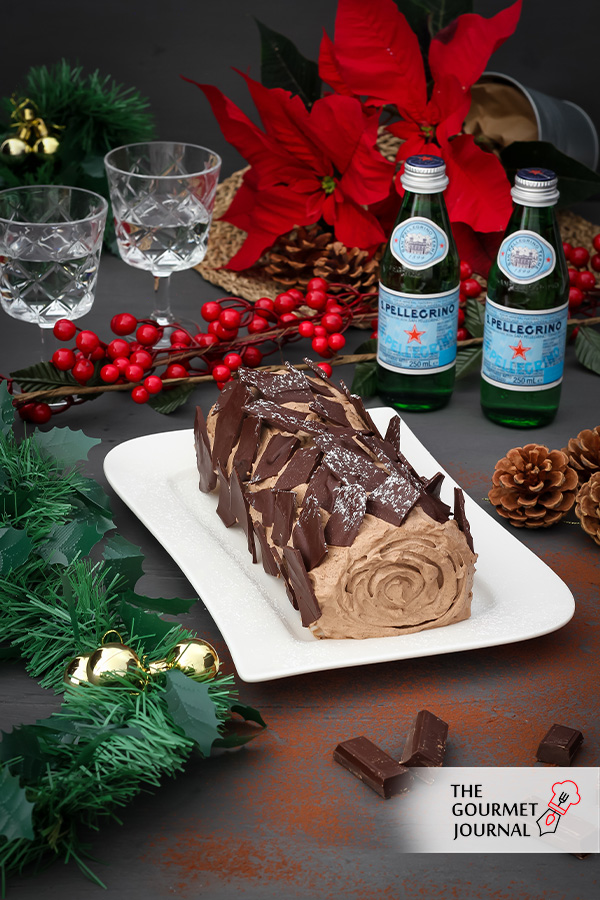
Ingredients
For the cake
- 6 eggs
- 120g sugar
- 120 g of pastry flour
- 1 Teaspoon vanilla extract
For the dark chocolate truffle
- 500 ml whipping cream
- 150 g dark chocolate
- ½ vanilla bean
For decoration
- 100 g of dark chocolate
- Berries
- Mint leaves
- Baking paper
Step-by-step elaboration
For the cake
- Separate the whites and the egg yolks.
- Beat the egg whites on medium speed until completely firm. Add half the sugar, 60 grams, and reassemble. Reserve at room temperature.
- In another bowl, beat the yolks with the rest of the sugar, 60 grams, and the vanilla essence until they turn white and increase in size.
- Integrate the beaten whites into the yolks and with involving movements so that they do not fall and retain all their air.
- Once the mixture is homogeneous, add the flour, previously sifted, and mix gently.
- We cover a baking tray with baking paper and place all the preparation on it. We can do it with the help of a pastry bag or a spoon. It should be even on all sides.
- Bake at 170 degrees until the cake takes color and the tips are slightly golden. Let stand 15 minutes.
- On the cake, put a new greaseproof paper and turn it over. Remove the paper from the base. Roll up carefully to avoid breaking when filling.
For the dark chocolate truffle
- Heat the cream with the vanilla bean. Bring to a boil and add the previously chopped dark chocolate.
- Mix well and transfer to a container. Reserve in the fridge.
- Once cold, whip the preparation until it looks like whipped cream.
For decoration
- For the chocolate pieces, melt the chocolate in a double boiler.
- Arrange a baking paper on a tray and spread the melted chocolate. There should be a layer of a few millimeters.
- Let it cool down, break into irregular pieces and reserve.
For the assembly
- Unroll the cake and remove the paper. If the cake is somewhat dry, you can paint it with a syrup (you can find the recipe below).
- Spread half of the chocolate truffle on the inside. Leave a few inches without filling in the final part.
- Roll up very carefully pressing so that it is well compact. You can help yourself with the same baking paper.
- Arrange the Christmas log on a tray and cut the two ends and place them on the sides, simulating a wooden log.
- Cover with the remaining chocolate truffle and store in the fridge.
- Finish with pieces of crunchy chocolate, red berries and mint leaves.
 ‘Harmonies in Flavors and Fragrances’ by Juan Muñoz Ramos.
‘Harmonies in Flavors and Fragrances’ by Juan Muñoz Ramos.
The wonderful sensations that chocolate always brings, in this case, both white and black, although they say that black is better, and yes it is. In this complicated year and this Christmas we have to toast with several wines and also with water, because water softly sparkling is one of the most important products on the table since on the one hand it hydrates us and on the other it gives us a higher level of sweet flavors or, what is the same, a greater happiness.
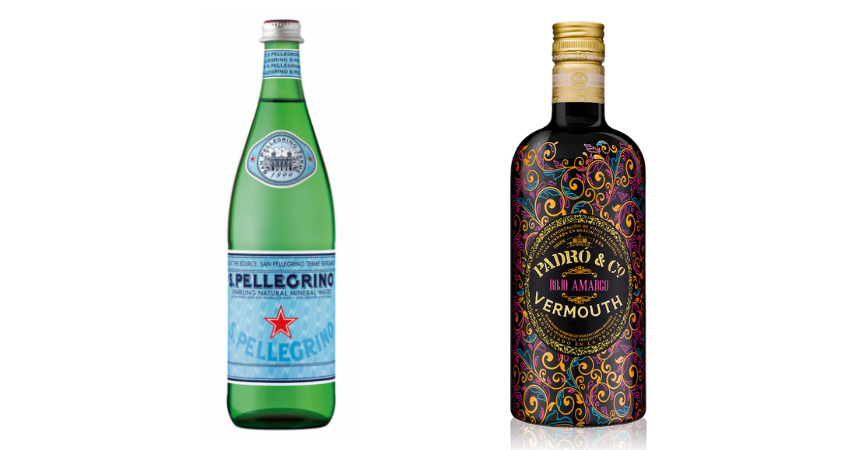
In the case of S.Pellegrino water it rises a little more, since we are talking about tasty, savory and fresh bubbles. An always winning trilogy in balance for the great dishes, such as this Christmas log is, a log full of unctuous sweetness and bitterness, of flavor and love … Difficult to accompany love … Well no, since it is the greatest expression of the human being and in this case we are going to accompany it first with the S.Pellegrino water and next to it, a Padró Rojo Amargo Vermouth, a wonderful traditional vermouth in the Reus-Italia style, the oldest style in Spain, along with more, like this marvelous and rare sweet wine from Priorato Secret de Priorat, a sweet red with a lot of personality, charm and complexity that can be aged without problems.
See how much charm we have achieved with a chocolate dessert, a water like S.Pellegrino, a vermouth and a sweet red wine. Well, a marvel at the end of the meal and the beginning of the after-dinner, after-dinner with the family and with loved ones who will be even more loved this year.
Tips
- If you like white chocolate, substitute this type for the dark chocolate in your ganache.
- You can also use milk or dried fruit chocolate.
- If you like the cake with cocoa, substitute 20 grams of flour for cocoa powder.
Make it a perfect meal with our Tuna Poke Bowl… find the step-by-step recipe here!
End this amazing meal with a Cheesecake with Strawberrys, click here to see the complete recipe.
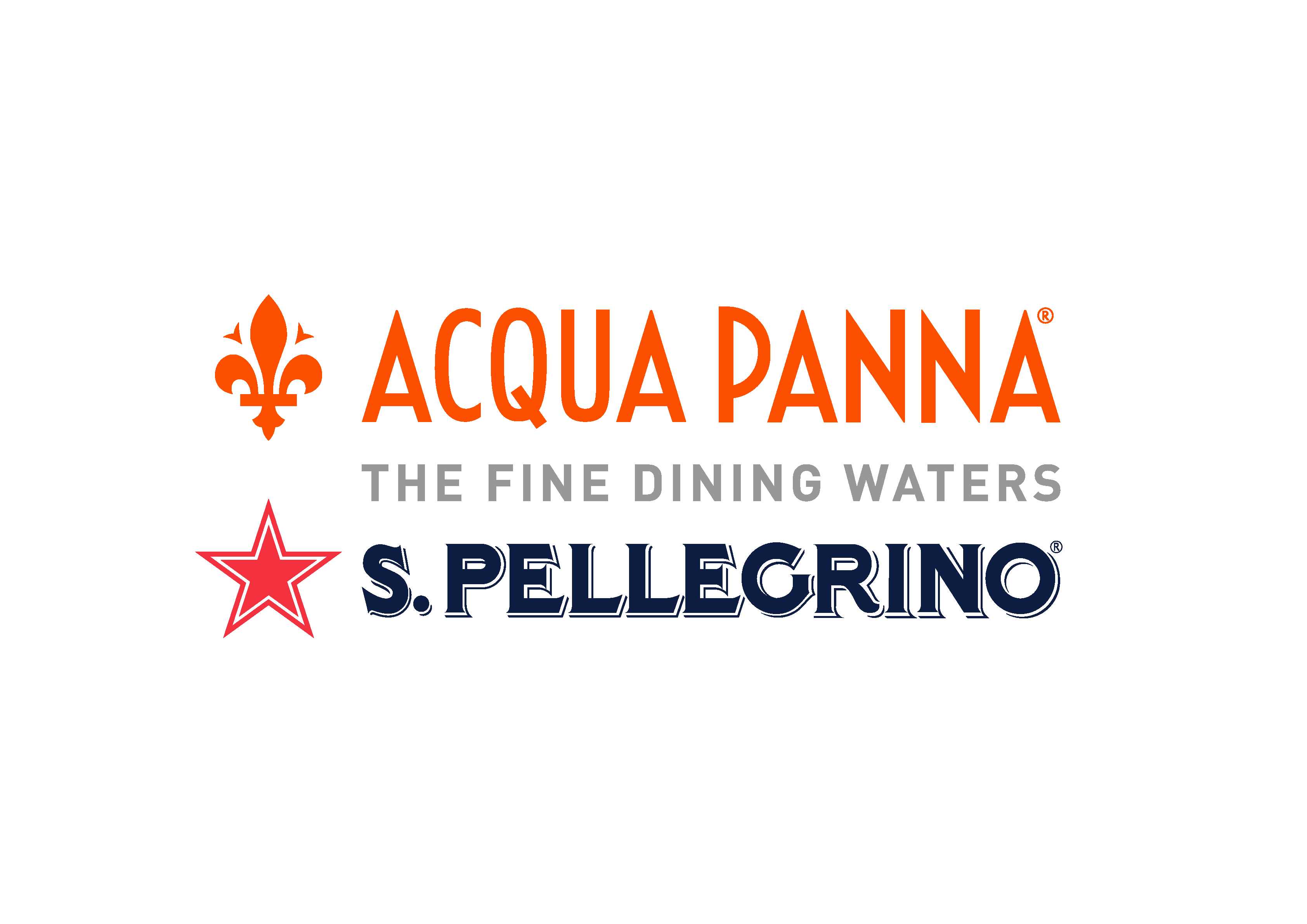

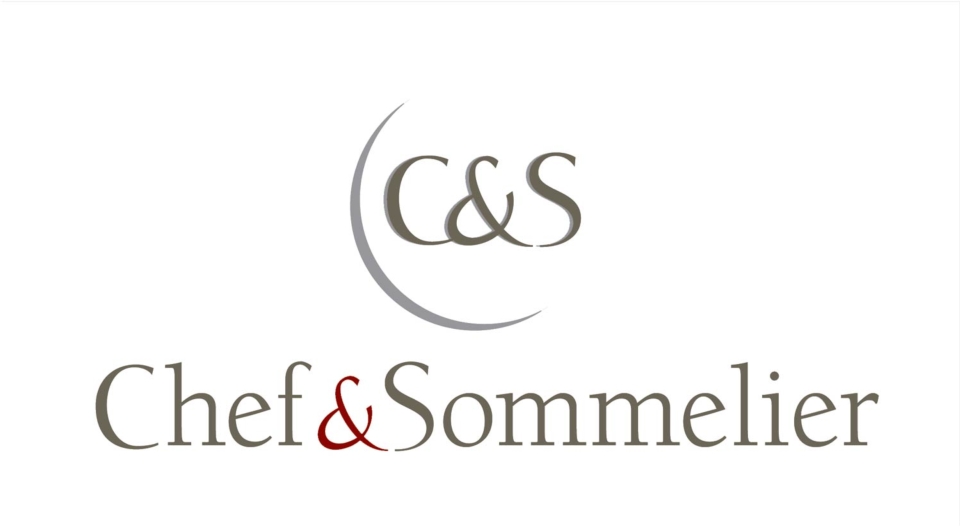

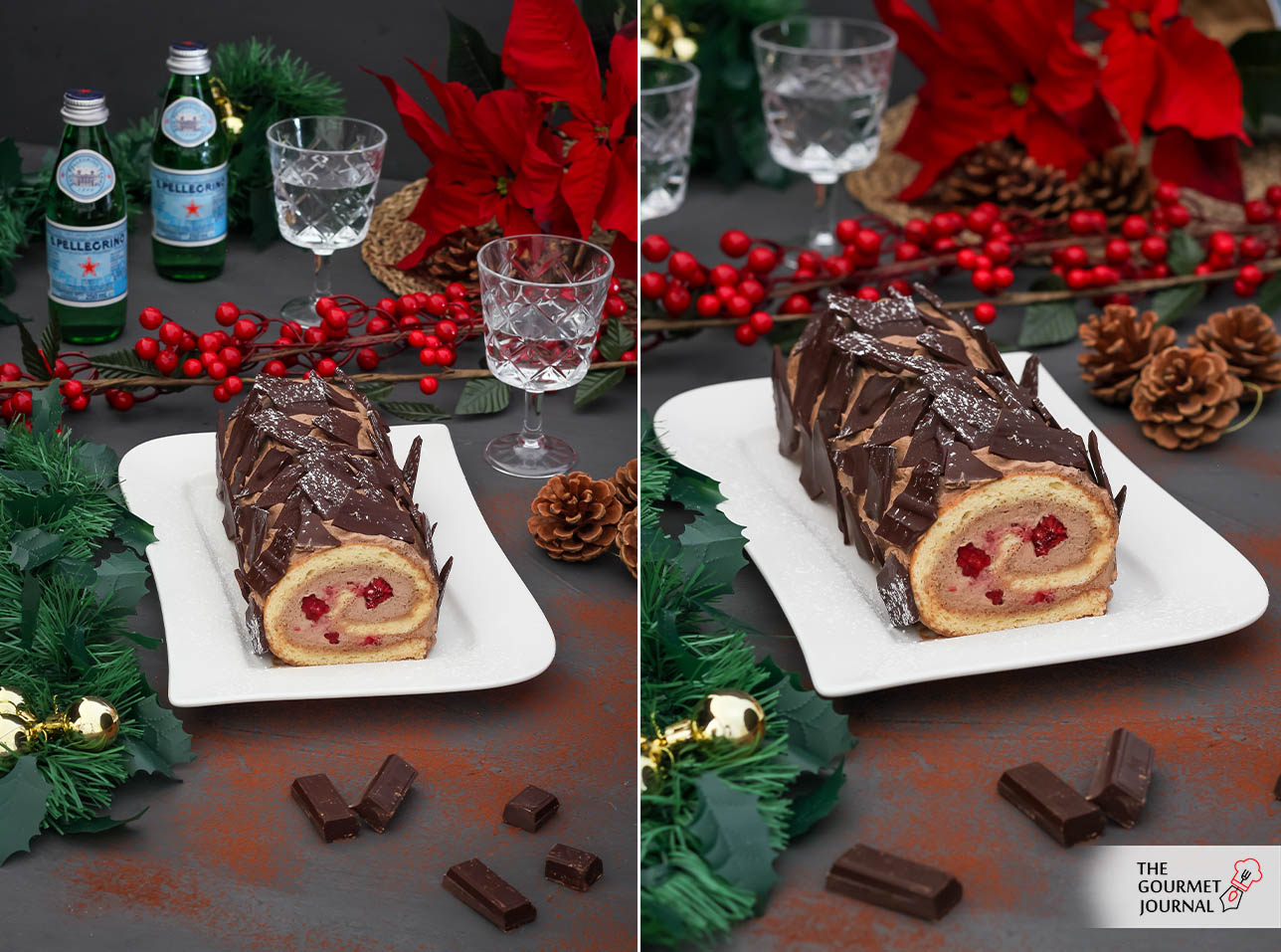
 ‘Harmonies in Flavors and Fragrances’ by Juan Muñoz Ramos.
‘Harmonies in Flavors and Fragrances’ by Juan Muñoz Ramos.







